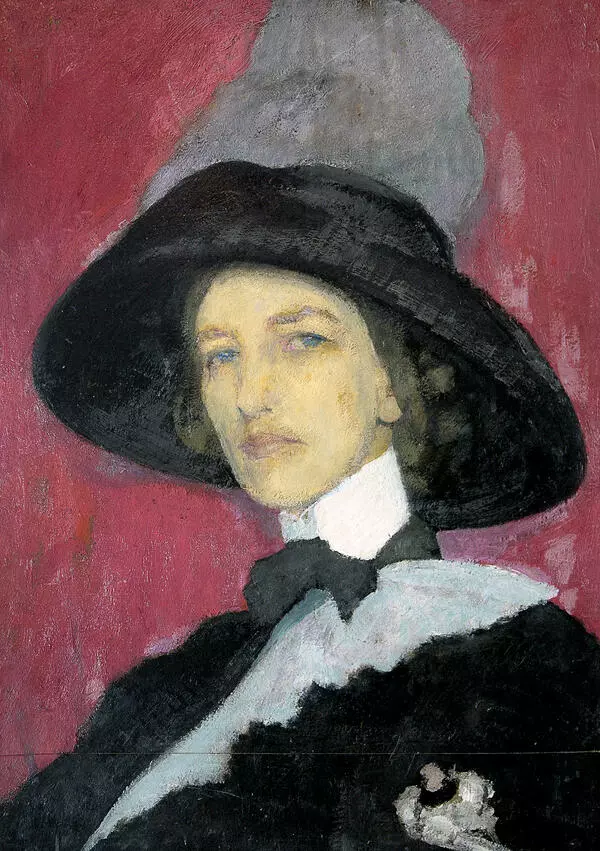The collection of the Irbit State Museum of Fine Arts features the etching “PONT AVEN” by Elizaveta Kruglikova.
Elizaveta Sergeyevna Kruglikova (1865–1941) was a talented Russian artist. In 1890, she enrolled at the Moscow School of Painting, Sculpture and Architecture as a non-matriculated student. In 1895, she moved to Paris where she settled for a long time. Occasionally, she visited Russia and wrote about her life and travels in France in Russian magazines. In Paris, she studied at the art schools of Cesare Vitti and Filippo Colarossi. She set up her own studio on Rue Boissonade which became a kind of a center of Russian culture. However, at the beginning of World War I, Elizaveta Kruglikova moved to St. Petersburg, never to return to Paris again. Her last tribute to her favorite city was her book “Paris on the Eve of War”. It was published in 1916 and featured numerous monotypes created by the artist.
Elizaveta Kruglikova had a distinctive style. In her youth, she became interested in various printmaking techniques and eventually mastered them to perfection. She was particularly fond of extremely rare, gradually disappearing, or even completely forgotten techniques, such as soft ground, aquatint, and mezzotint. Through endless experimentation, the artist revived and rediscovered the secrets of these techniques and gave them a modern touch. She contributed greatly to the development of Russian printmaking in the 20th century with her enthusiasm and hard work. While she was still living in Paris, Elizaveta Kruglikova started teaching. Her first students included Maximilian Voloshin and Konstantin Kostenko. In the 1920s, in Petrograd, she became a professor at the Etching Department of the School of Graphics at the Academy of Arts. Later, she headed the etching workshop at the Polygraphic School of the Higher Art and Technical Institute (Vkhutein) in Leningrad.
The most famous section of her oeuvre is a large series of portraits of her contemporaries, mostly cultural figures. Over the course of almost twenty years, she designed around a thousand artworks. She portrayed Marina Tsvetaeva, Maximilian Voloshin, Alexander Blok, Anna Akhmatova, Aleksey Tolstoy, and Vladimir Mayakovsky. These portraits are characterized by their likeness to the subjects and intense psychological expressiveness, sometimes bordering on caricature. They served as a kind of artistic documentary that captured the spirit of the tumultuous era.


